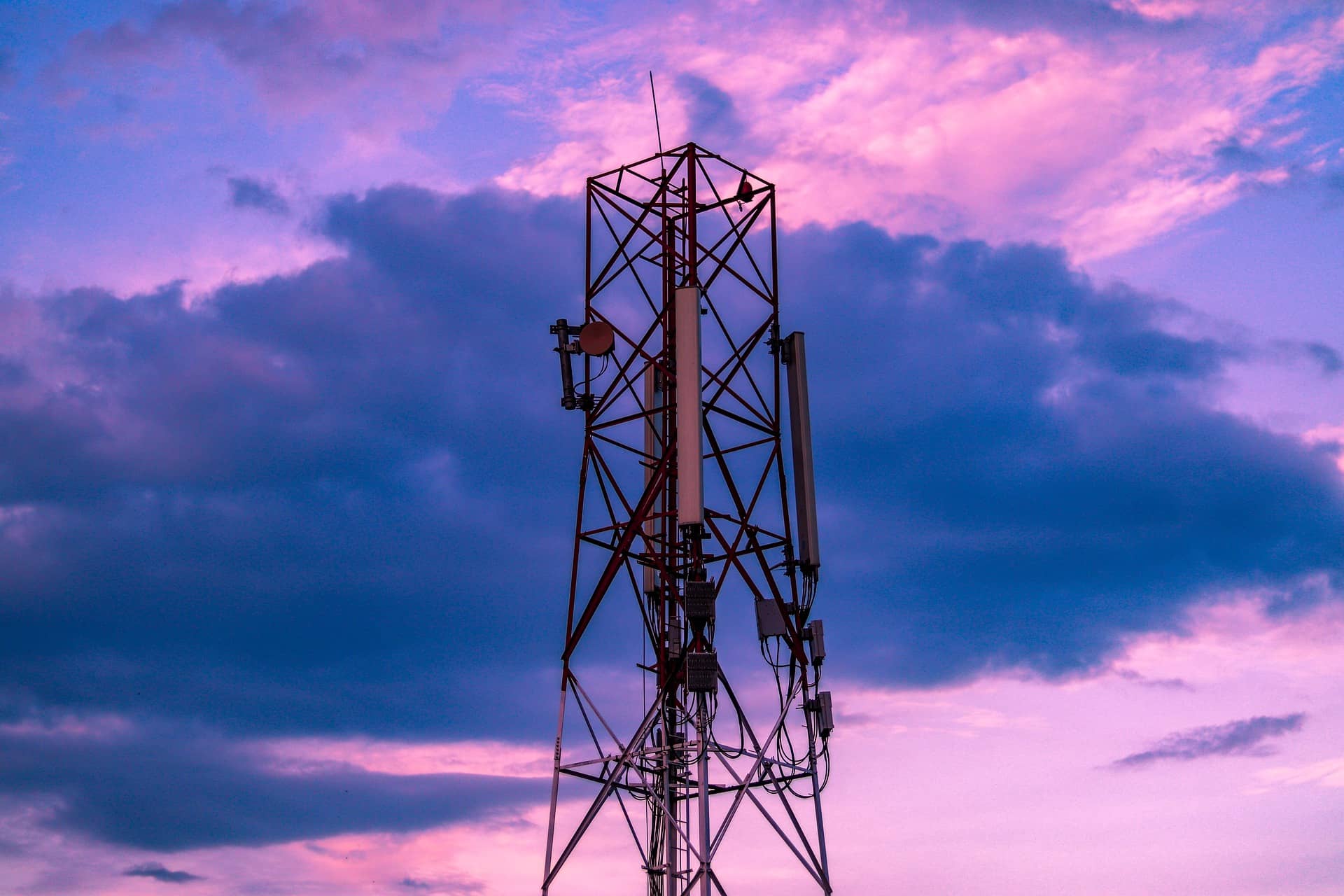
As part of the implementation of the UN Secretary-General’s Roadmap for Digital Cooperation, the Office of the UN Secretary-General’s Envoy on Technology and the ITU have announced a new raft of digital aspirations for 2030, creating a framework through which to monitor progress towards universal, meaningful connectivity.
This tweet below from the ITU clearly outlines the key universality targets for 2030…
As part of the implementation of the UN Secretary-General’s Roadmap for Digital Cooperation, the Office of the UN Secretary-General’s Envoy on Technology and the ITU have announced a new raft of digital aspirations for 2030, creating a framework through which to monitor progress towards universal, meaningful connectivity.
This tweet below from the ITU clearly outlines the key universality targets for 2030, which include all homes and businesses using the internet, all children over 15 having a mobile phone and using the internet, and gender equality being achieved when it comes to internet usage, digital skills, and mobile phone ownership.
In the ?? of 2030 we envisage, all households have Internet access, all businesses use the Internet & all schools are connected!
This & other targets, just announced by @UNTechEnvoy & @ITU to connect #theUNconnected & #LeaveNoOneBehind??. Discover more!https://t.co/V6XdowFeJB pic.twitter.com/tEDqC4v1p4— ITU Development (@ITUDevelopment) April 19, 2022
More specifically for the technology deployment targets, the organisations said that they would target fixed broadband speeds to be at least 10 Mbps globally by 2030, with schools expected to have minimum speeds of 20 Mbps and each pupil having at least 50 kbps available to them. Each school is expected to have a minimum data allowance of 200 GB.
In terms of affordability, broadband internet should cost no more than 2% of monthly gross national income per capita, as well as not more than 2% of the average income of the bottom 40 percent of the population.
It is important to note here that these goals do not only encompass improving access to connectivity, but also aim to improve the way in which society interacts with the digital world by improving equality and digital education.
« During the pandemic, digital technologies have kept societies functioning and people connected. But the pandemic has also highlighted a yawning gap in access to these tools, including vast gender disparities. The world entered the digital age decades ago, but a core challenge remains: closing the digital divide, » said António Guterres, UN Secretary-General.
These targets were agreed following a broad range of consultations by both parties, with the initial assessment of progress towards these goals expected to be released at the ITU’s World Telecommunication Development Conference in June, in the “Global Connectivity Report 2022″.
The scale of this challenge is difficult to overstate. According to Doreen Bogdan-Martin, director of ITU’s Telecommunication Development Bureau, only 4.9 billion of the roughly 8 billion people on Earth are currently estimated to use the internet. Reaching all these people with affordable connectivity will be an enormous challenge, requiring cooperation from public and private sectors at a global level.
Also in the news:

